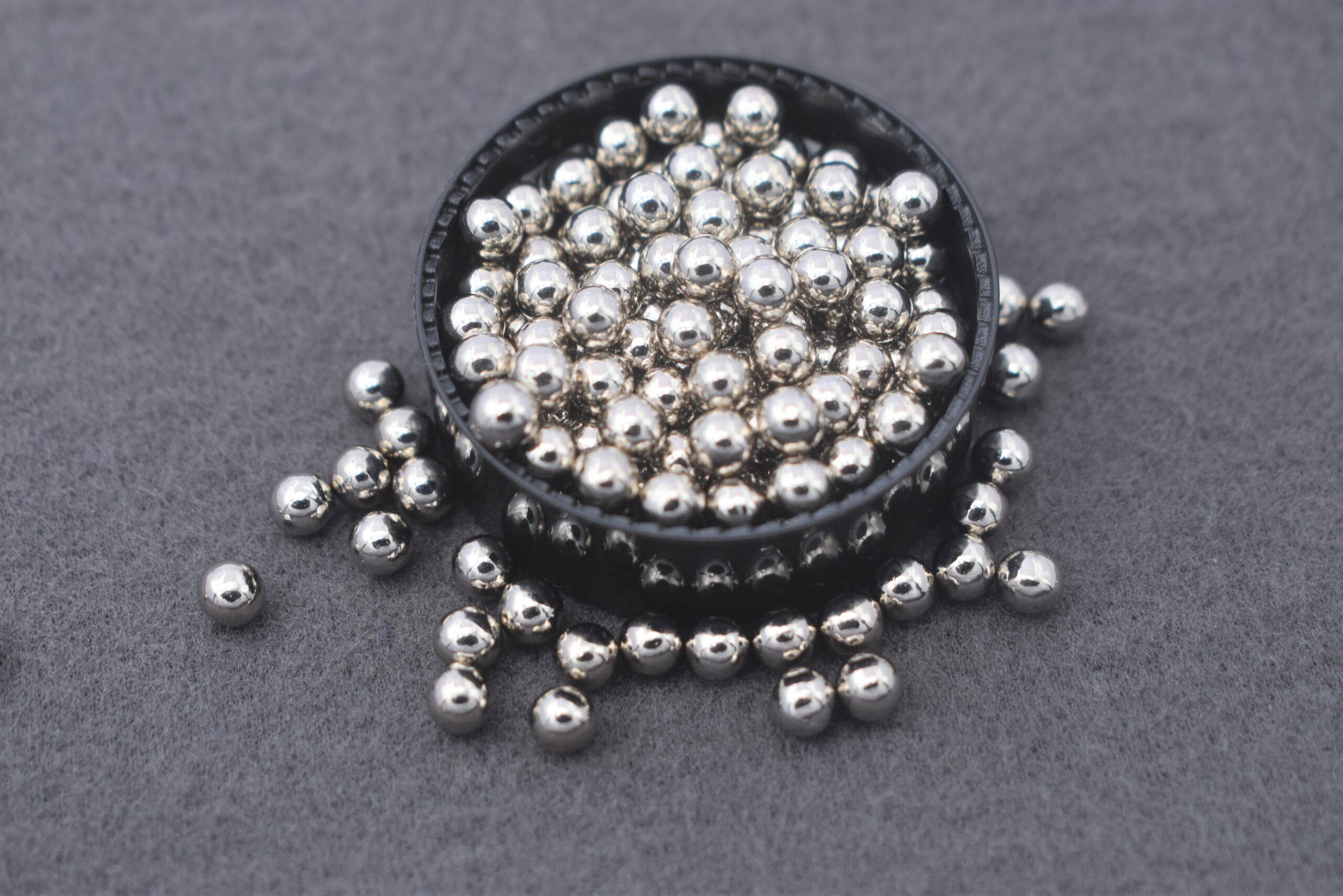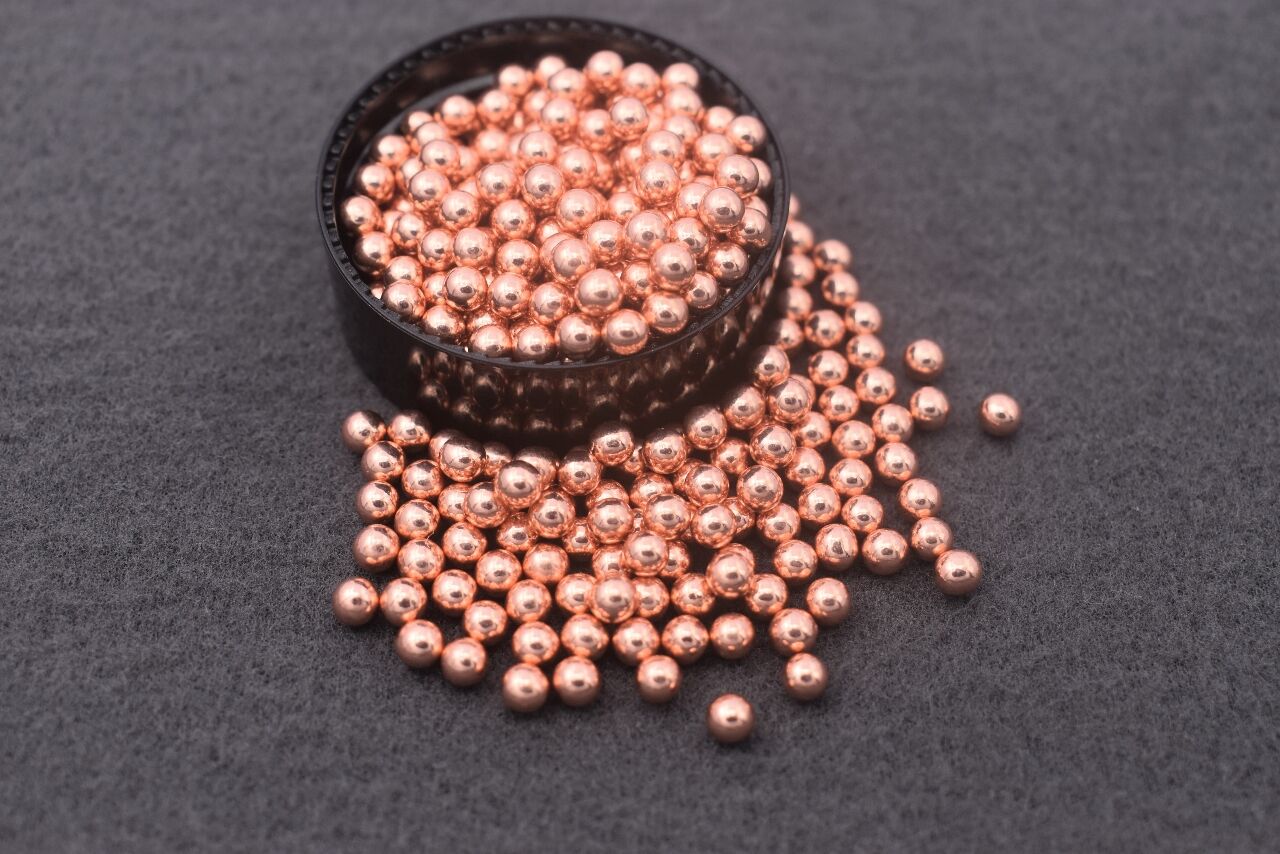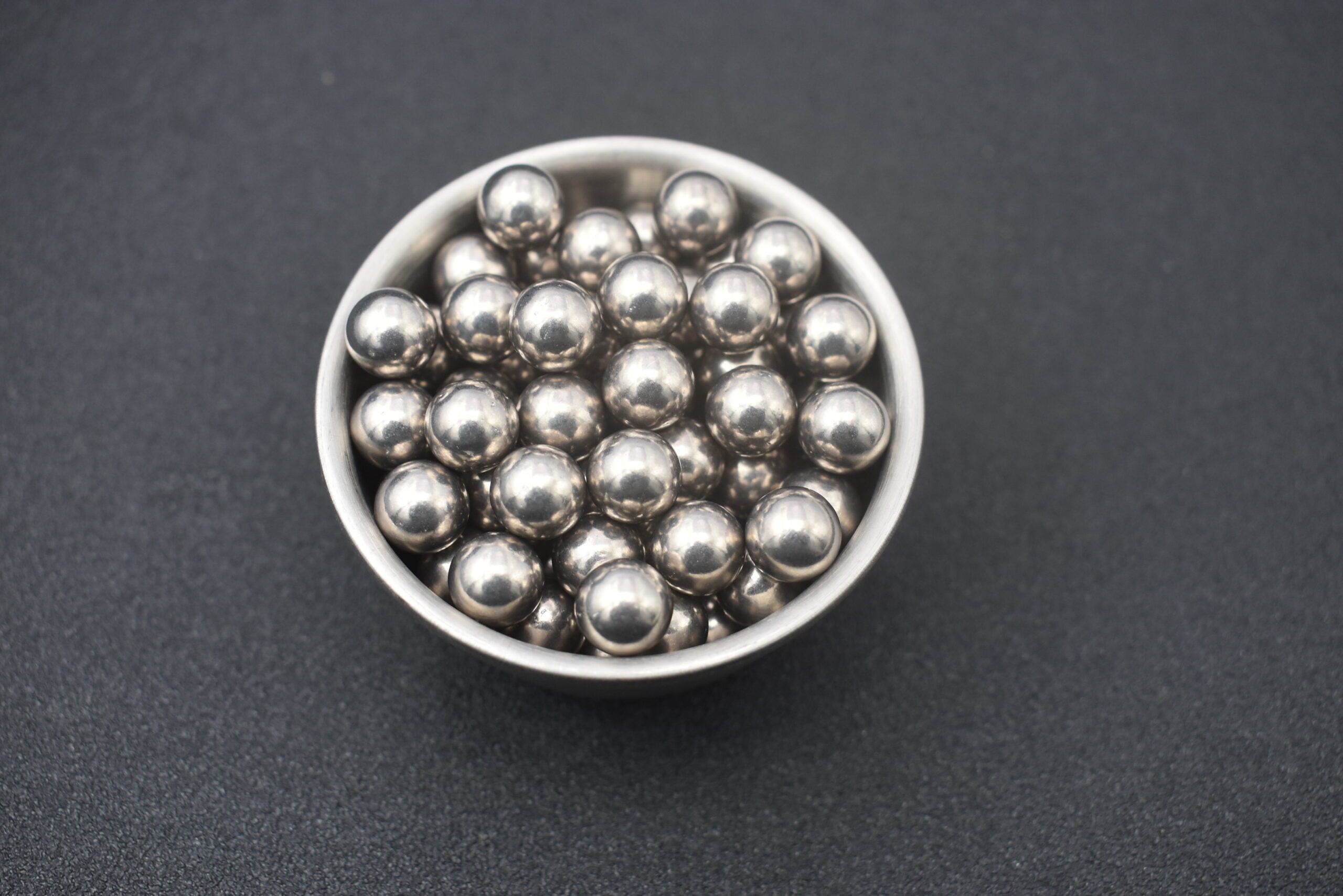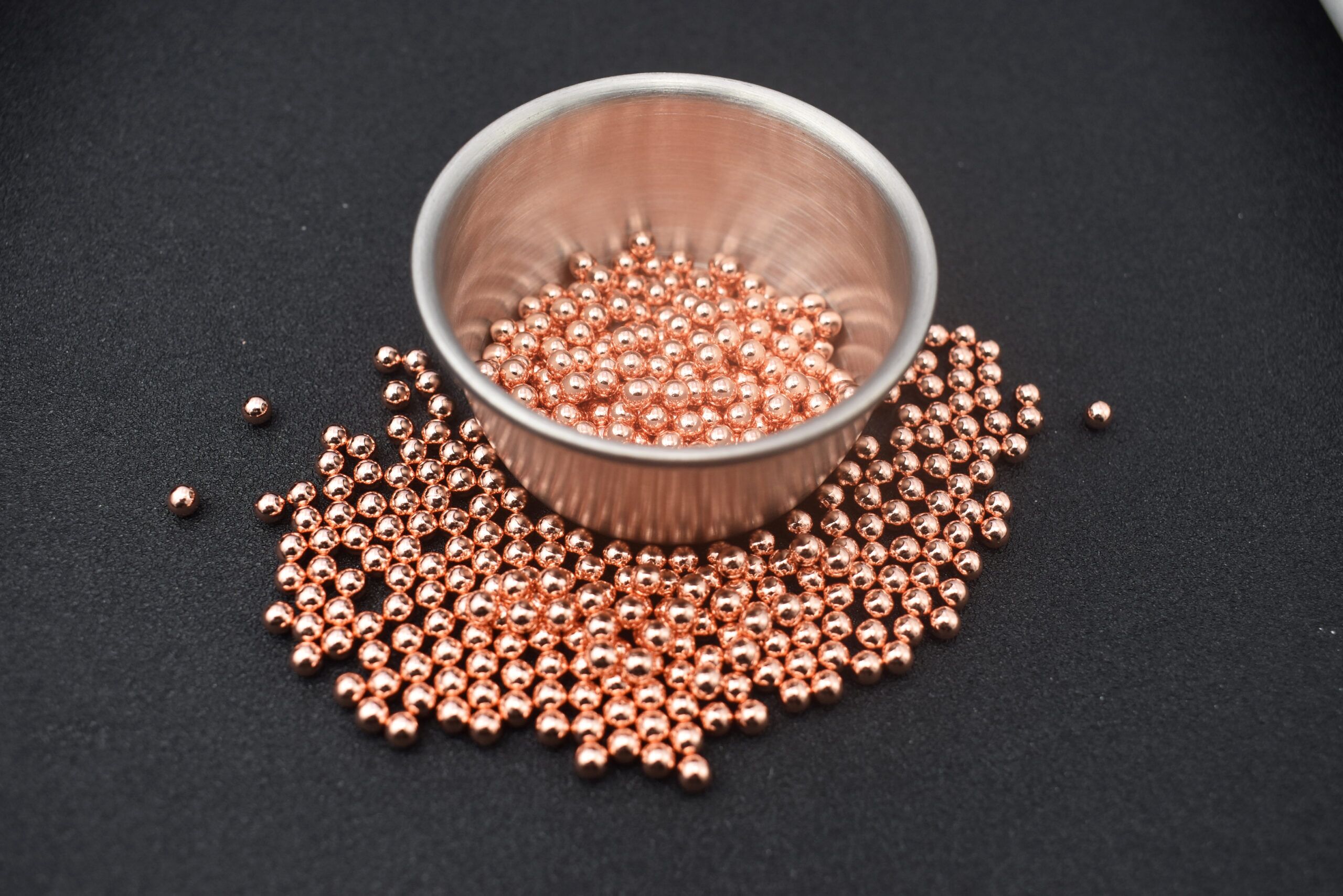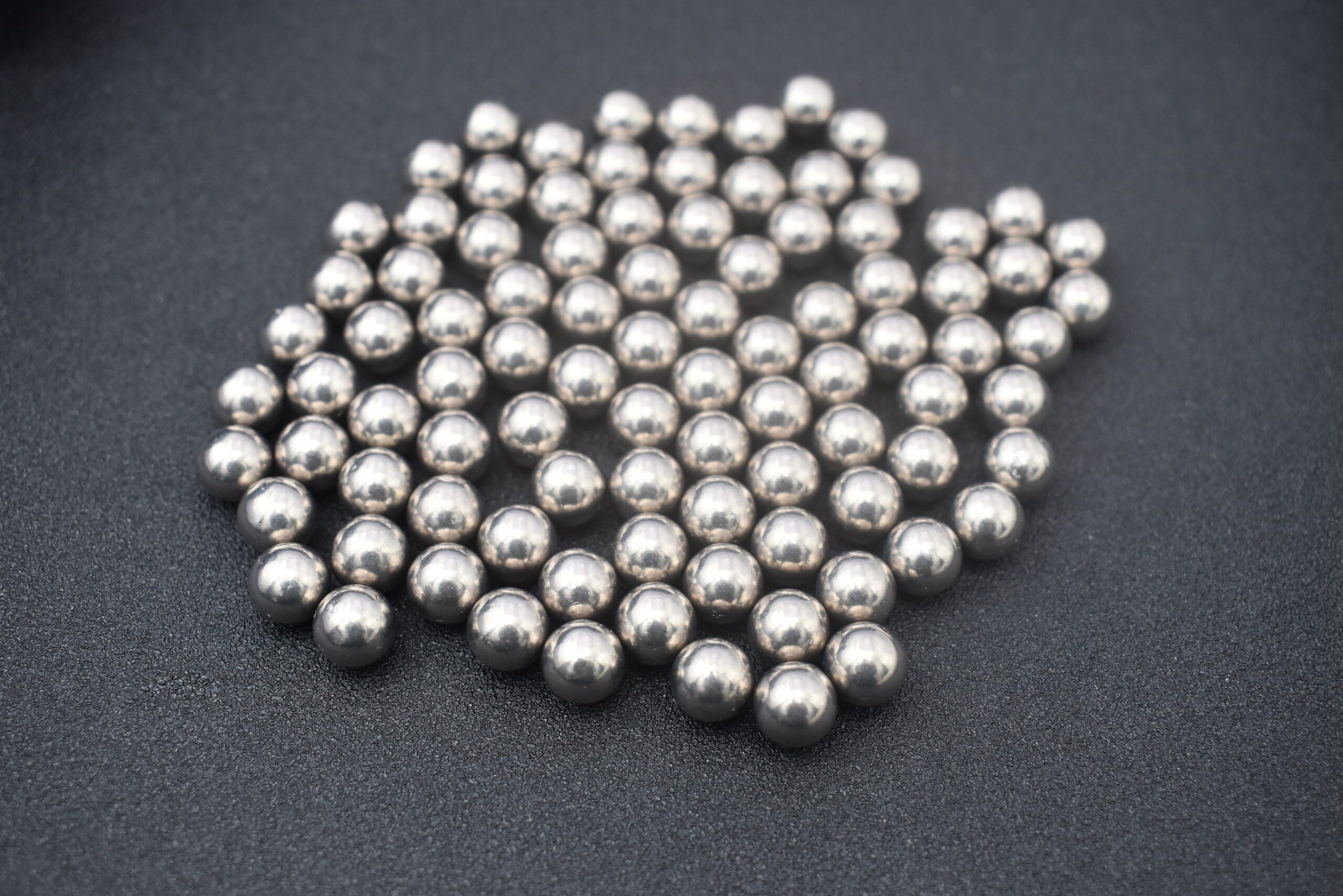Description
Bismuth shot is a great alternative for lead-free shot material. However, its brittleness of conventional bismuth composition causing penetration and non-spherical issues has concerned many shell manufacturers and hunters. Agescan’s revolutionary high-tensile strength bismuth compound has perfectly overcome brittleness issues! Based on the crush test performed on slug samples, our bismuth slugs maintained amazing completeness and integrity under different load conditions, with minimum fragmentation being found. Compared to the lead slug with the same dimension, we have applied 5 times the force to crush our new bismuth compounds!
Agescan uses the same bismuth compound formula to make high-tensile strength shotshell pellets, we produce perfectly shining and spherical pellets.
Our newly developed High-tensile Superb Bismuth Shot (SBS) are alloyed to produce stronger, high-density pellets of excellence quality, integrity, and ballistic capability. Our SBS was field-tested to perform well for upland game and duck loads. Suitable for use in all types of shotguns, including smallbores and those with fixed choke barrels. Bismuth shot is quickly becoming the go-to non-toxic shot for classic shotgunners.
Why Choose High-tensile Superb Bismuth Shot?
 Why Choose High-tensile Superb Bismuth Shot?
Why Choose High-tensile Superb Bismuth Shot?
- Optimum Bi/Sn composition compared to the conventional Bi94 Sn6 compound.
- Density 9.4g/cc and hardness HV1 23-25 which tested and certified by SGS lab – the hardness well fulfills CIP standard in Europe.
- Zero fragmentation, both after firing, impacting on and within the target.
- Perfect roundness, no tail, no molding line, with extremely tight dimension tolerance. NO other bismuth shot maker can control the dimension tolerance as we do.
- Surface brightness. Our SBS’s unique manufacturing process allow the pellets to be grinded to the similar roughness level as tungsten shot.
- Pellet deforms less and hold pieces together, higher downrange energy and better penetration. No coating /plating needed for integrity purposes.
- Hunters can collect safer and cleaner game meat.
| Item # | US Size | Europe Size | Dia. (mm) | Dia. (inch) | Avg Unit Wgt (g) | Avg Unit Wgt. (gr.) | Avg. Pallet Count/Oz |
| 1 | 8 | 2.30 | 0.091 | 0.066 | 1.019 | 421 | |
| 2 | 7 | 2.54 | 0.100 | 0.091 | 1.404 | 311 | |
| 3 | 6 | 5 | 2.77 | 0.109 | 0.112 | 1.728 | 251 |
| 4 | 5 | 4 | 3.05 | 0.120 | 0.142 | 2.191 | 198 |
| 5 | 4 | 3 | 3.30 | 0.130 | 0.184 | 2.840 | 154 |
| 6 | 3 | 2 | 3.56 | 0.140 | 0.221 | 3.412 | 127 |
| 7 | 2 | 3.76 | 0.148 | 0.277 | 4.277 | 104 | |
| 8 | 1 | B | 3.91 | 0.154 | 0.298 | 4.599 | 95 |
| 9 | BB | 4.06 | 0.160 | 0.330 | 5.093 | 86 | |
| 10 | B | BBB | 4.32 | 0.171 | 0.375 | 5.790 | 76 |
| 11 | BB | BBBB | 4.57 | 0.180 | 0.476 | 7.346 | 60 |
| 12 | T | 5.10 | 0.201 | 0.663 | 10.238 | 42 | |
| 13 | 00 | 8.38 | 0.330 | 2.888 | 44.572 | 10 | |
| 14 | SG | 8.40 | 0.331 | 2.915 | 44.987 | 10 | |
| 15 | 00 1/2 | 8.60 | 0.339 | 3.238 | 49.970 | 9 | |
| 16 | 000 | LG | 9.10 | 0.358 | 3.791 | 58.504 | 7-8 |
| 17 | 000 1/2 | 9.40 | 0.370 | 4.138 | 63.859 | 6-7 |
